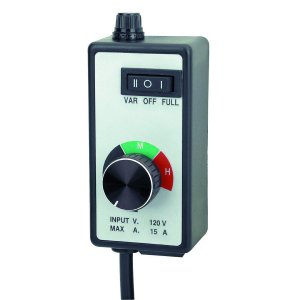- Joined
- Aug 26, 2013
- Messages
- 167
O.K. I'm confused. If I want to power my upcoming spindle build with a d.c. motor;
What should I be looking for?? How do I Choose one for spindle power??
What about r.c. motors normally used for r.c. model helicopters, are they good enough?? How do I know which to chose??
What do I need to power it??
I need to be around 22k r.p.m.
I am finding this to be very confusing and hard to find the right stuff. HELP, please comments
What should I be looking for?? How do I Choose one for spindle power??
What about r.c. motors normally used for r.c. model helicopters, are they good enough?? How do I know which to chose??
What do I need to power it??
I need to be around 22k r.p.m.
I am finding this to be very confusing and hard to find the right stuff. HELP, please comments


 .:nuts:
.:nuts: